Digital Minimalism for Productivity
Who doesn’t dream of improving their quality of life and reducing stress? One path to achieving such a state of zen is digital minimalism.
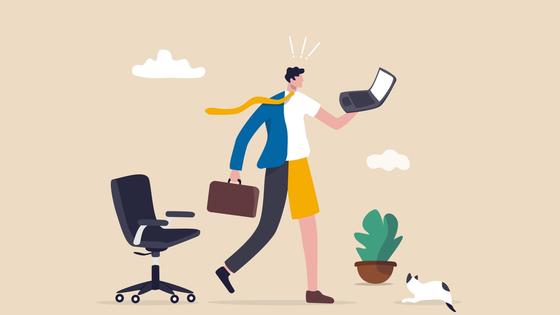
This philosophy of technology use is based on a conscious choice - to use only those gadgets and tools that are truly necessary, for example, for work. It's not about rejecting technology altogether or merely organizing your files, emails, and other digital materials. Rather, it's about eliminating what distracts you, doesn't bring deep value, or doesn't align with your personal values. Let's take a closer look at how this philosophy enhances productivity.
The Ideologue of a New Era

The creator of the digital minimalism concept, which offers an alternative to the constant consumption of information through gadgets, is Cal Newport, an American computer science professor, author, and one of the most influential modern thinkers in the fields of productivity and technology. In his 2019 book Digital Minimalism: Choosing a Focused Life in a Noisy World, he formulated the key principles of his idea:
- The Principle of Digital Decluttering
In reality, digital clutter - the huge number of apps, subscriptions, saved videos, articles, and so on - costs us far more than it seems. Newport therefore suggests practicing digital decluttering regularly: review your subscriptions, saved materials, and boldly get rid of anything you haven't used since your last cleanup.
Additionally, Newport recommends longer digital detoxes - refraining from using nonessential digital technologies such as social media, entertainment apps, news sites, and games. During this time, you can get to know yourself better, discover new hobbies, rethink your relationship with technology, and realize which tools you can easily live without.
- The Principle of Control Over Time and Attention
The main resource of the digital age is not data - it's attention. Digital minimalism helps you regain control of it. Instead of endless scrolling through news feeds or social media, you create a mindful schedule: specific times for messaging, reading news, and entertainment.
A simple practice is the digital detox slot: set aside two or three time slots a day when you check email or social networks, and don't open them outside those periods. Within a week, you'll notice you're completing more tasks and feeling less stressed. Technology stops stealing your time and starts helping you structure it.
- The "Quality Over Quantity" Principle
We often search for the perfect productivity app - a task manager, a time tracker. But digital minimalism teaches the opposite: it's not the number of tools that matters, but how you use them. It's better to have three reliable, easy-to-use digital assistants than a dozen "just in case."
One calendar, one storage system, one task manager - that's enough if used wisely. Digital minimalism frees you from redundant choices and helps you focus on action.
- The Principle of Value
Here, the idea is not merely to reduce the time spent using technology or the number of tools, but to shape your interaction with gadgets so that they serve your values. In other words, digital tools shouldn't be viewed purely as entertainment. It's more productive to treat them as instruments that support your goals.
For example, social networks aren't just places to kill time but tools for maintaining connections with close friends or promoting a business. If they don't perform this function effectively, it's better to abandon them.
- The Principle of Mindful Leisure
Newport believes that leisure should be approached consciously and actively. Digital entertainment is often passive - we simply consume content. Newport, however, encourages active, fulfilling leisure that requires skill, offers a sense of mastery, and brings real satisfaction.
For example, instead of watching a series, you could learn to play guitar, do woodworking, read a book, or go hiking. These are things you can be proud of.
Your conscious choices should bring satisfaction - and to realize that, you need time. So, after digital decluttering or detox, reintroduce technology into your life while observing the principles listed above.
Evidence and Benefits
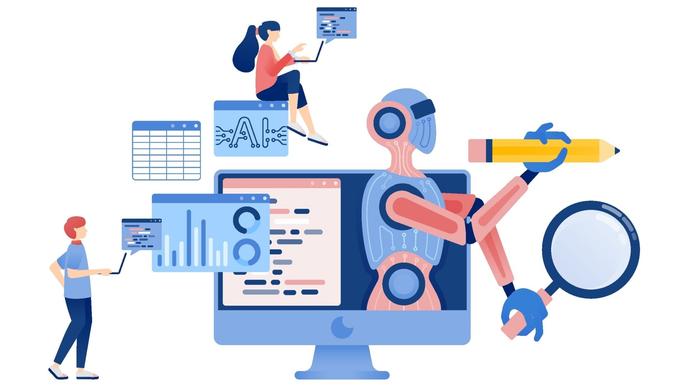
Research shows that after just one notification, it takes an average of 23 minutes for a person to refocus on their task. Digital minimalism therefore promotes a simple rule: consume only what's truly necessary. Studies confirm that reducing notifications significantly improves productivity and reduces stress responses - especially among people with a low Fear of Missing Out (FoMO).
In one experiment, 30 participants spent a day with notifications turned off - and reported feeling more productive. The inability to ignore digital stimuli directly increases stress and anxiety.
Practicing digital minimalism makes deep focus the norm, not a luxury - and that's the main productivity asset of the digital age. If you're constantly interrupted by notifications, scrolling habits, and rapid task-switching, your brain can't dive deeply into complex work. Freeing yourself from digital noise creates mental space for deep work.
You'll learn to concentrate on challenging tasks for hours without distraction, leading to major improvements in the quality and speed of work that can't be automated (like analytics, programming, writing, or strategic planning).
At the same time, chronic multitasking - the thief of time - disappears. You may think you're being efficient by switching between chats, email, and your main task, but each switch drains your brain's energy and focus. Practicing digital minimalism naturally trains single-tasking: dedicating time blocks to one activity and not letting digital tools disrupt them. This drastically reduces cognitive costs and lets you complete tasks faster and with less effort.
Decision-making also becomes easier. The constant stream of information, choices, and options (which video to watch, what to click, whom to like) causes decision fatigue. By reducing the number of digital tools and information sources, you cut down on the countless small decisions you make daily - preserving mental energy for truly important ones.
Digital minimalism also improves the quality of rest, and thus your capacity for work. "Resting" with a phone in your hand only overstimulates an already tired brain. By consciously planning restorative leisure - walking, hobbies, reading physical books, meaningful conversations - you allow your brain to reset. You then return to work with clarity, energy, and focus.
Lectera’s Online Courses by topic
How to Practice Digital Minimalism in Everyday Life
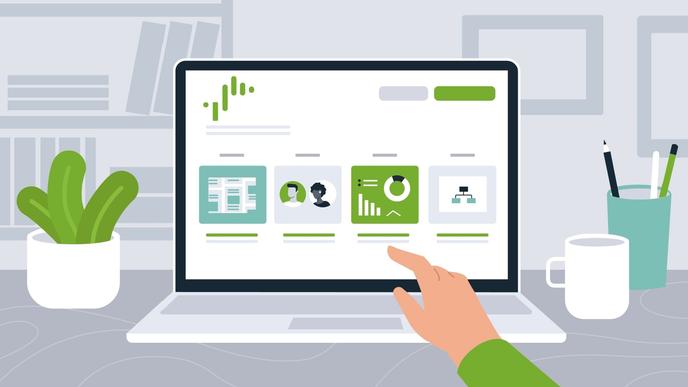
-
Conduct a digital audit. List all the apps, devices, and information channels you use. Mark the ones that truly add value - delete or limit the rest.
-
Practice detoxes from nonessential digital technologies for 30 days at least twice a year.
-
Set clear usage rules for essential services - for instance, check email only twice a day, put your phone away an hour before bed, turn off notifications during meals or after work.
-
Evaluate every technology consciously. Make a list of your key personal and professional values and ask yourself: "Does this technology help me get closer to these values, or does it just consume my time and attention?" Anything that doesn't serve your values should be minimized or eliminated.
-
Build a supportive environment. Use apps that block distracting websites or notifications during work hours, keep your digital workspace tidy, remove unnecessary icons, organize files, use one cloud service, and avoid opening multiple tabs at once.
-
Reflect. After a week or month of practicing digital minimalism, assess what's working and what's not - where you still get distracted, which habits hold you back. Adjust the approach accordingly.
By adopting minimalism step by step - through conscious self-limitation, personal rules, habit review, and reflection - you can feel tangible results in just a few weeks. Remember: even in the age of digital revolution, moderation is key. Thoughtful use of technology can reduce stress and anxiety, enhance personal productivity, and increase overall life satisfaction.
Share this with your friends via:
Latest News
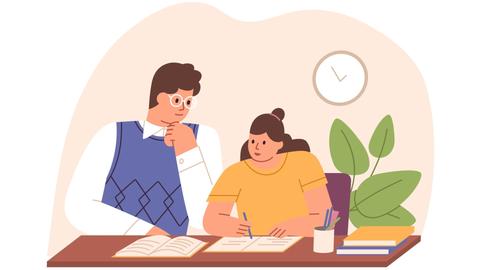
A significant stage in the development of the alternative education system has begun in West Northamptonshire in the UK: the County Council is actively calling on parents, guardians, and trustees to participate in shaping the future of this key area.
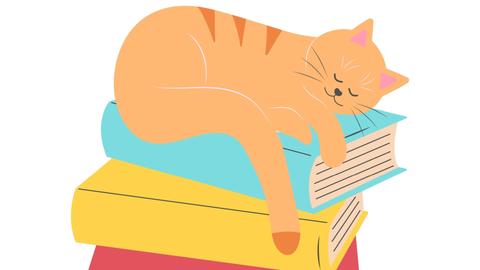
Outwoods Primary School in Atherstone, Warwickshire, having experienced deep sadness after the loss of their famous cat, Silla, has found solace in a new pet – a Maine Coon named Aloysius O’Hara.

In modern universities, artificial intelligence, and in particular ChatGPT, is rapidly transforming from a controversial tool into a full-fledged student assistant.
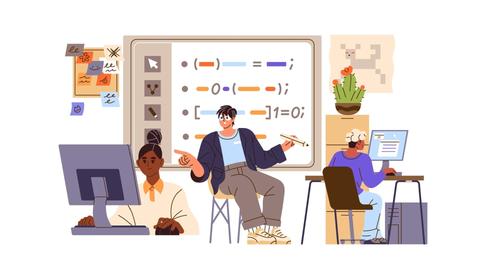
An innovative educational project is gaining momentum in UK primary schools, aiming to change attitudes towards video games.
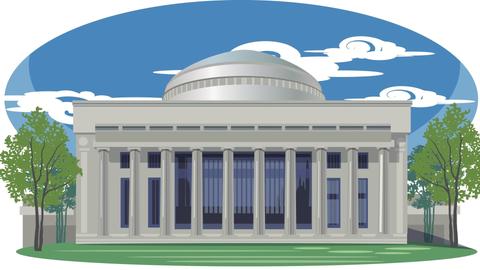
The Massachusetts Institute of Technology (MIT) presents MIT Learn – a revolutionary online platform that opens a “new front door” to access university knowledge and resources.
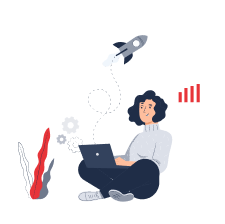

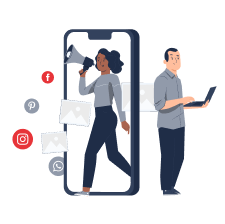
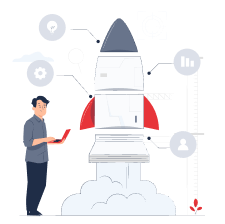
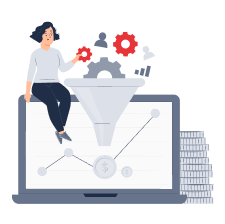
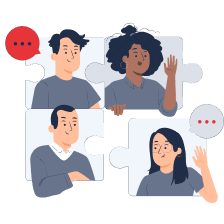
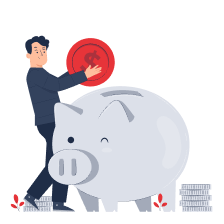

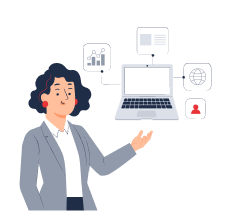
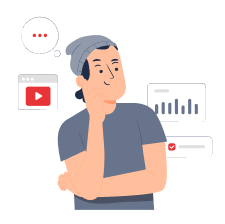
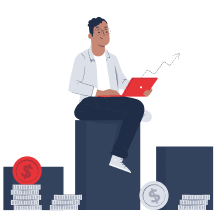
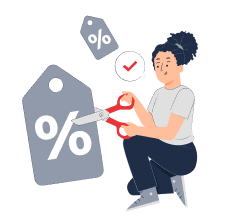
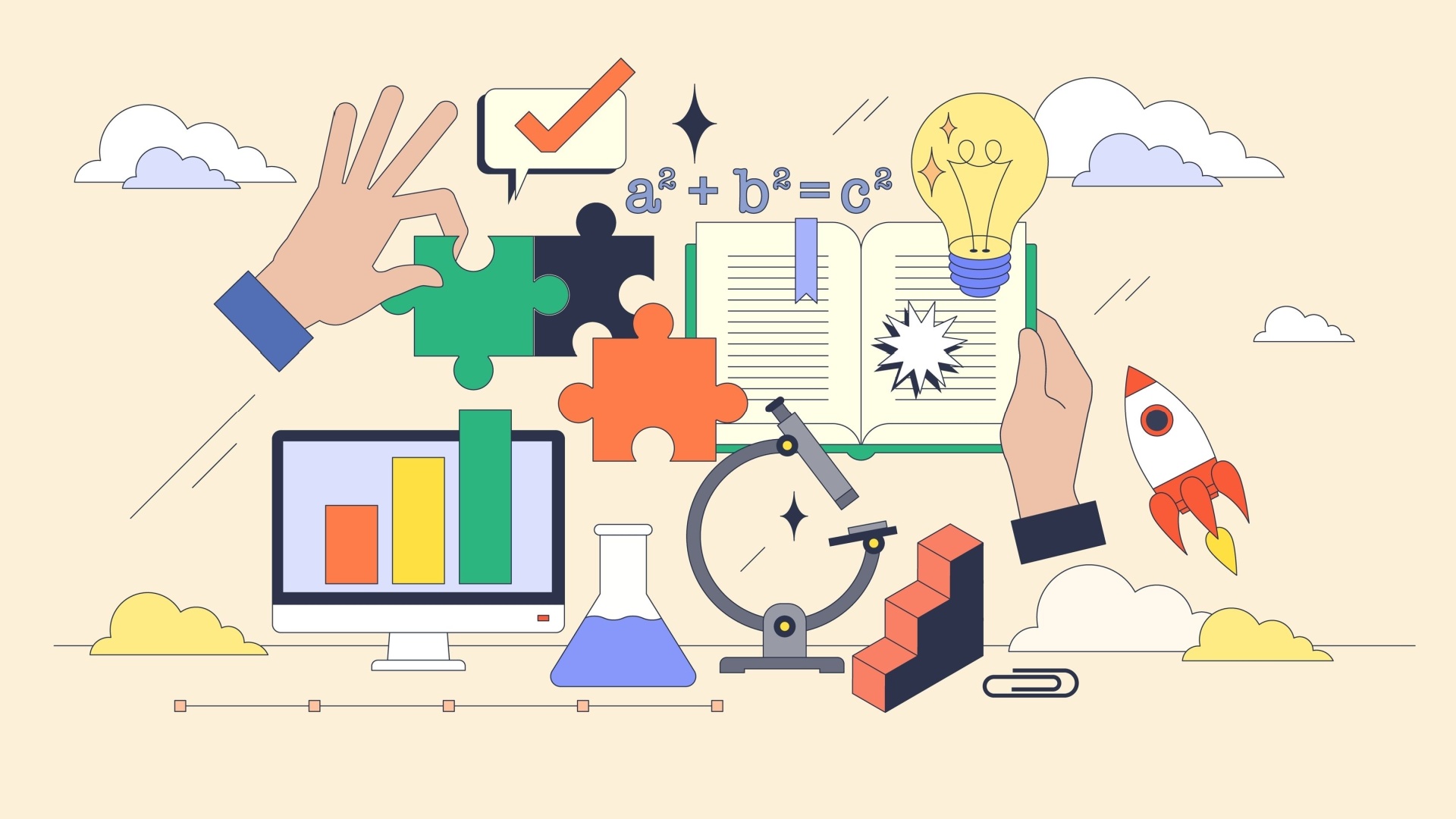 Where Creativity Meets Technology
Where Creativity Meets Technology
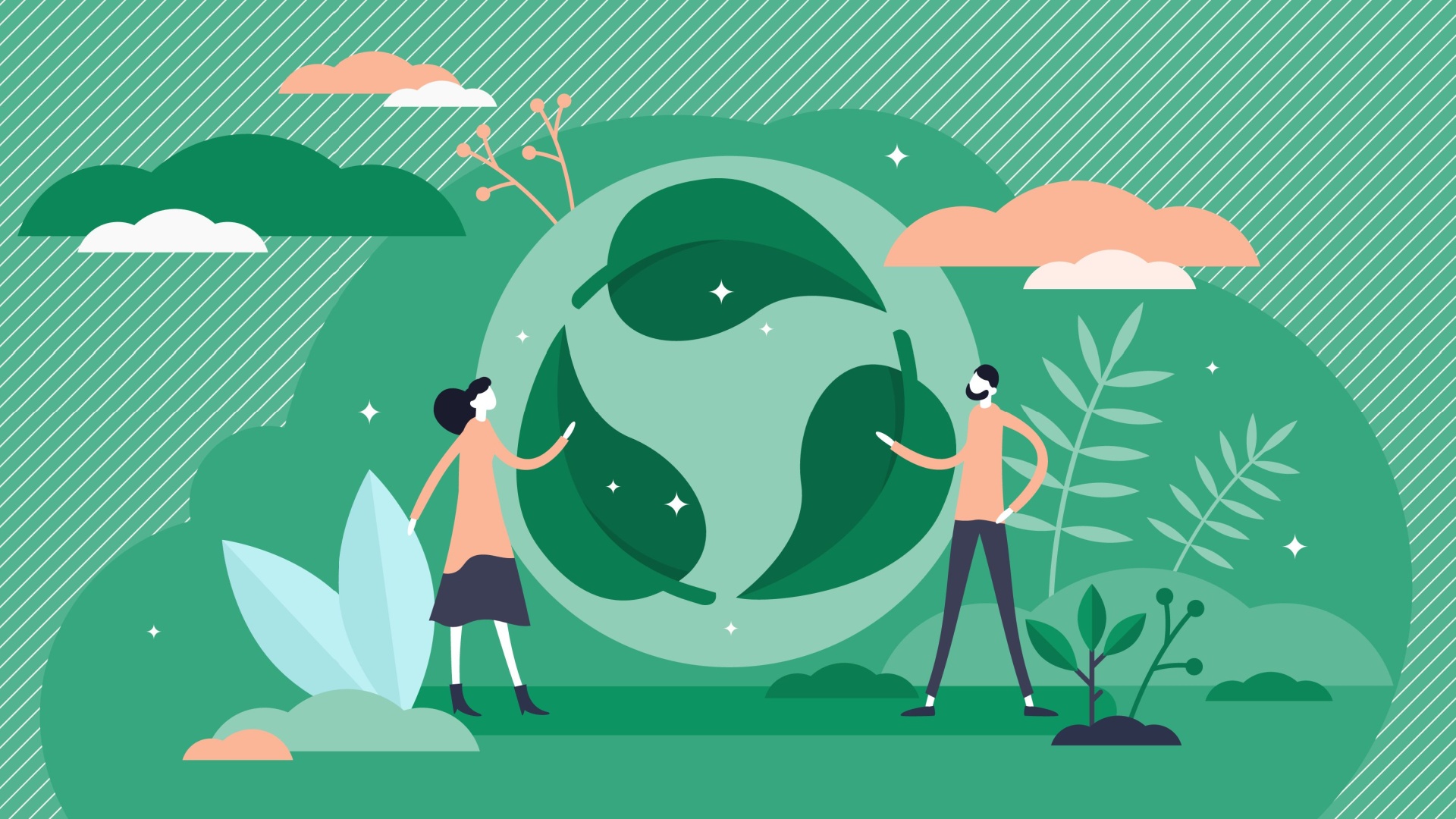 Eco-Friendly Lifestyle: 2025 Trends
Eco-Friendly Lifestyle: 2025 Trends
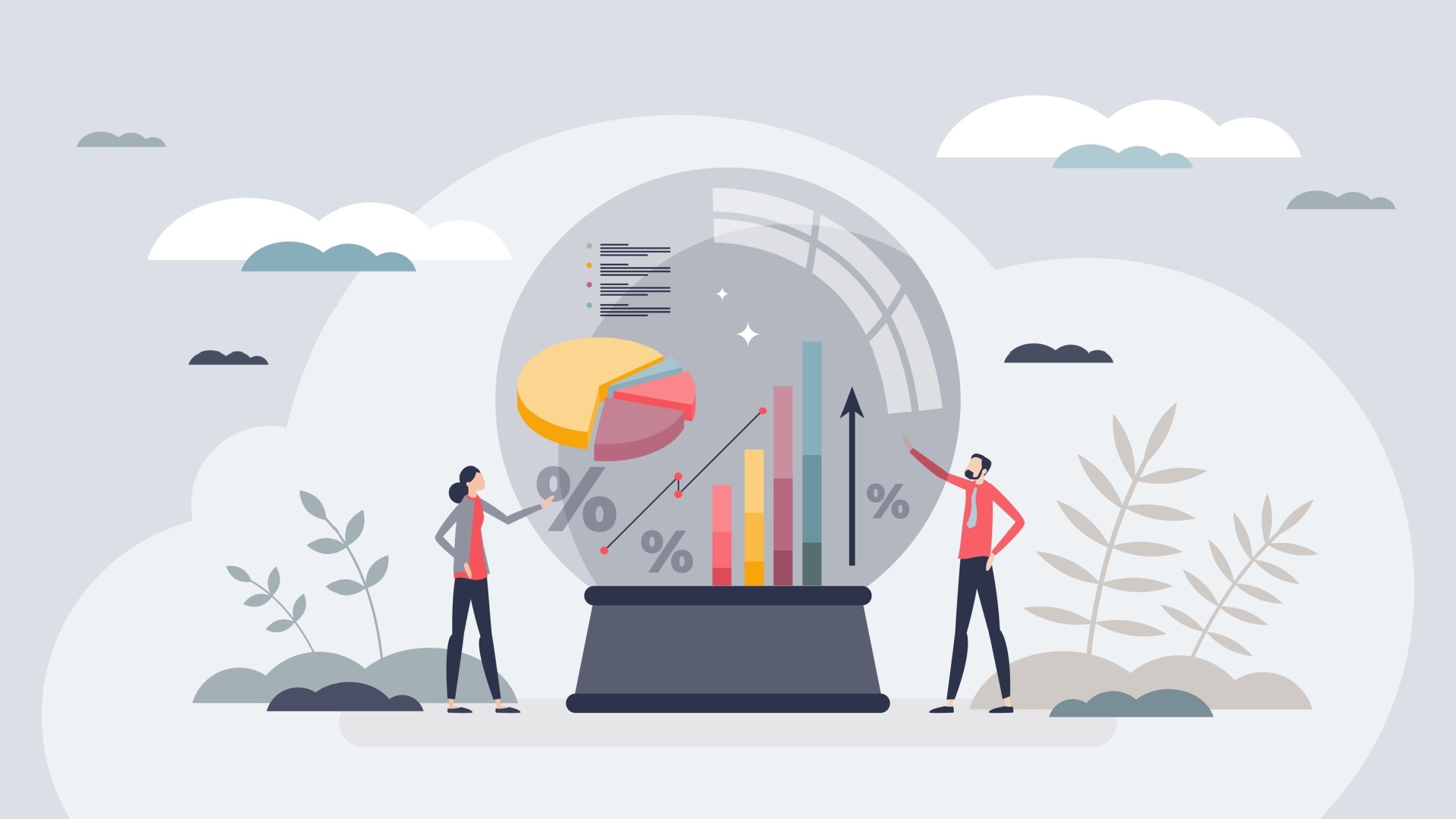 The Finances of the Future: How to Manage Money Through Technology
The Finances of the Future: How to Manage Money Through Technology
 Test: What Kind of Ancient Goddess Are You?
Test: What Kind of Ancient Goddess Are You?
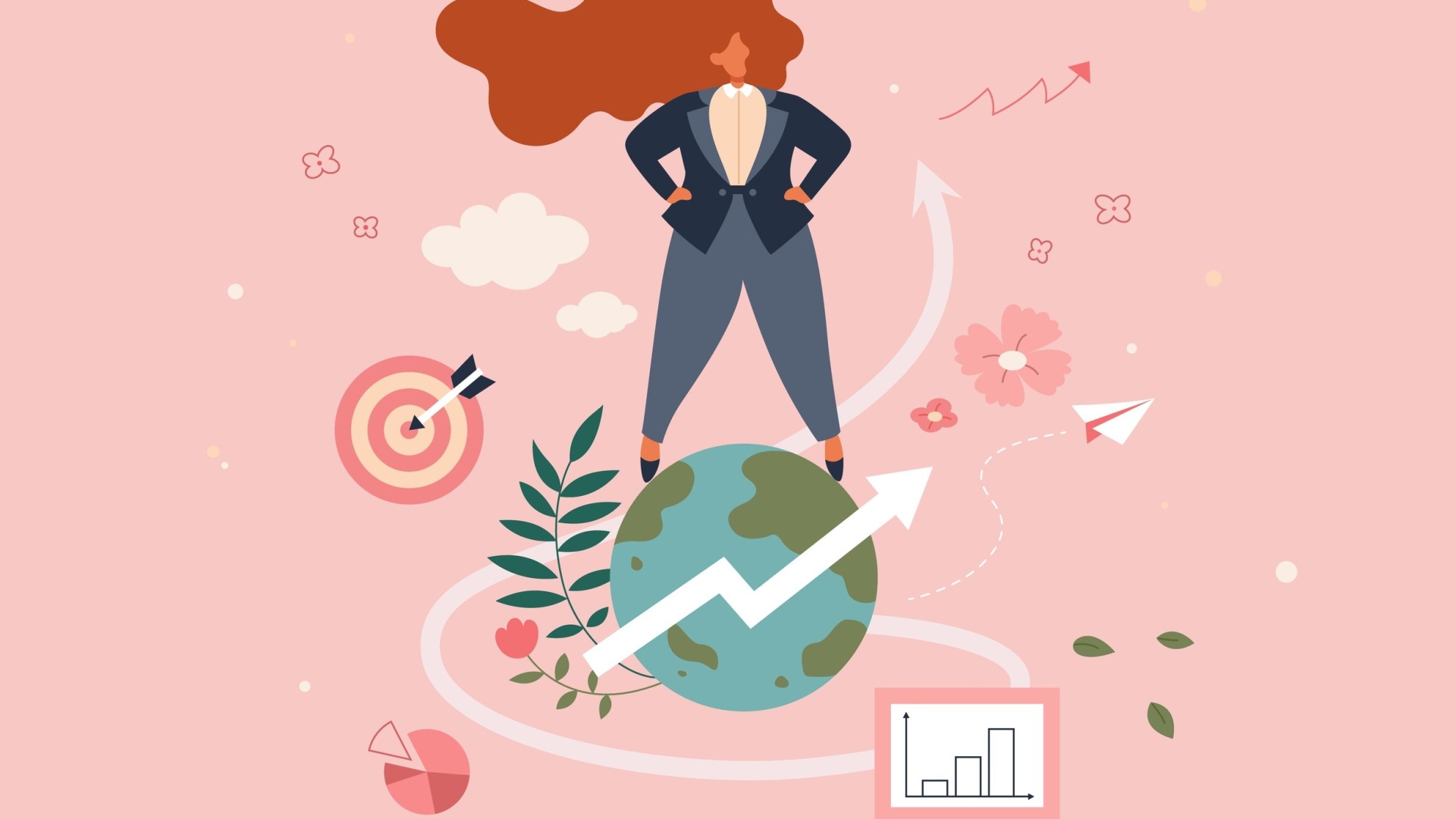 Test: Which Great Woman Would Invite You for Tea?
Test: Which Great Woman Would Invite You for Tea?
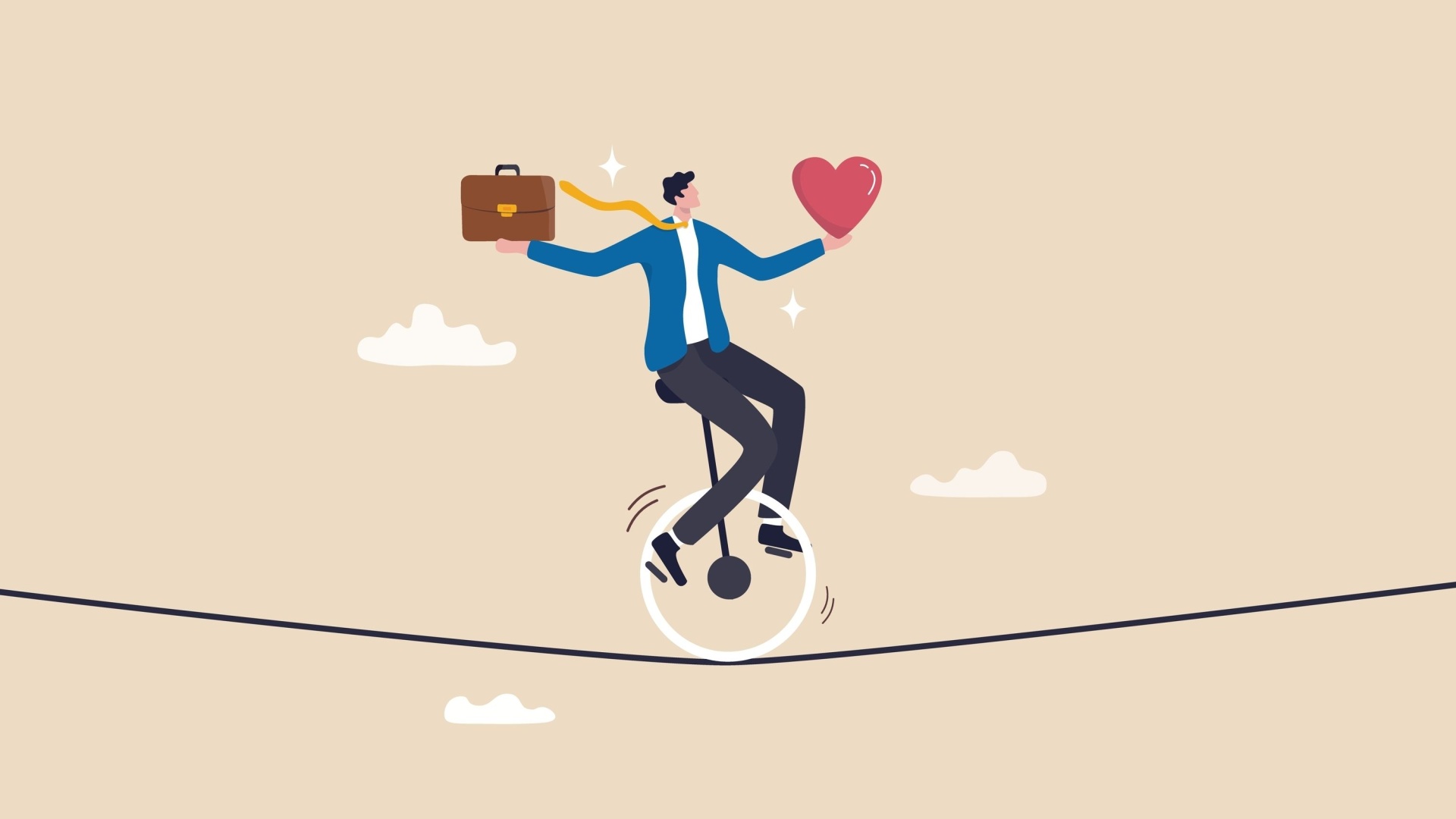 Test: How Well Do You Balance Work and Personal Life?
Test: How Well Do You Balance Work and Personal Life?
